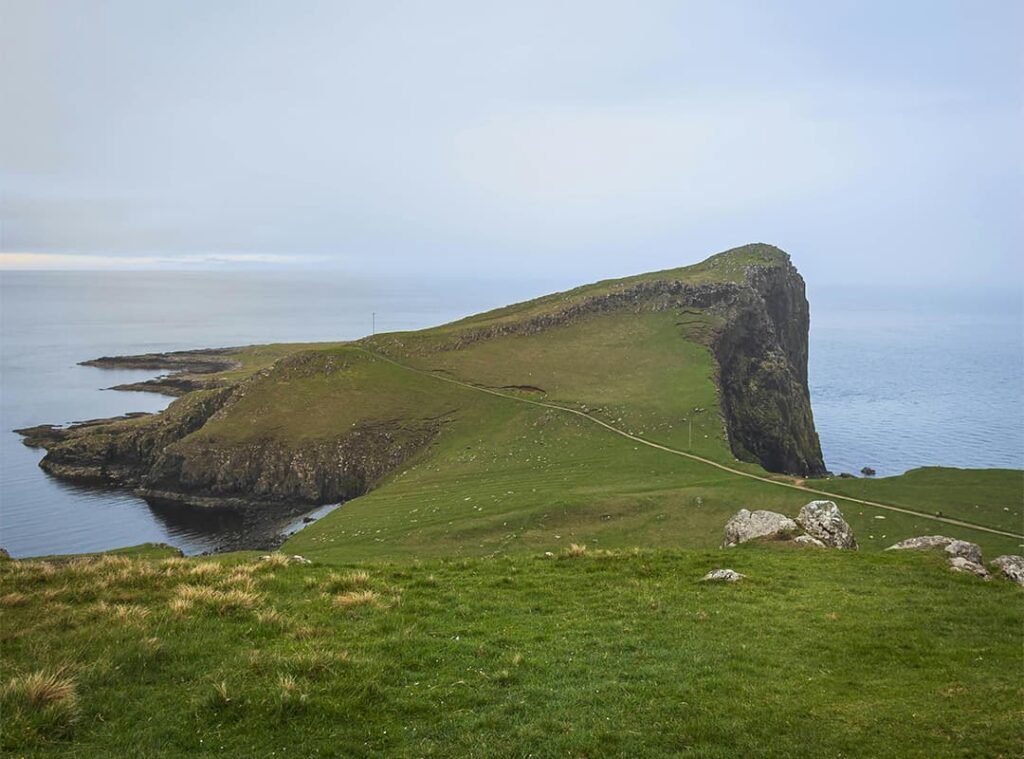Scotland is a country of stunning landscapes, rich history, and vibrant culture, making it a year-round destination for travelers. However, the best time to visit Scotland depends on your preferences—whether you’re after mild weather, fewer crowds, or a chance to experience unique Scottish holidays and festivals. Let’s break down the highlights of each season to help you plan your perfect trip to Scotland.
Spring (March – May)
Why visit in spring?
Spring in Scotland is a time of renewal. As the country emerges from the winter months, the rolling hills and landscapes burst into vibrant greens and colorful wildflowers. It’s an excellent time for outdoor activities like hiking and exploring the many scenic spots across the Highlands and islands.
The weather in spring is typically mild, with average temperatures ranging from 7°C to 15°C (45°F to 59°F). There are also fewer tourists compared to the busy summer months, so you can enjoy popular sites with less crowding.
Spring highlights:
- Longer daylight hours allow for more sightseeing.
- Ideal for nature lovers wanting to see lambs, blossoms, and wildlife.
- Fewer tourists mean a more relaxed experience.
Summer (June – August)
Why visit in summer?
Summer is the most popular time to visit Scotland, and for a good reason. The days are long—up to 18 hours of daylight in June—making it perfect for exploring the outdoors. Whether you’re interested in climbing Ben Nevis, driving the North Coast 500, or taking a boat tour of the famous Loch Ness, summer offers endless opportunities.
However, summer is also the peak tourist season, which means higher prices for accommodation and more crowded attractions. The weather is warmer, with temperatures ranging from 14°C to 20°C (57°F to 68°F), though it’s important to remember that Scotland’s weather is unpredictable, and rain showers can happen any time of year.
Summer highlights:
- Perfect for outdoor activities like hiking, kayaking, and cycling.
- Experience some of the most famous Scottish holidays, including Highland Games, which take place in various locations throughout the summer.
- Festivals in cities like the Edinburgh Festival Fringe and the Royal Edinburgh Military Tattoo.
Autumn (September – November)
Why visit in autumn?
Autumn is a spectacular time to visit Scotland as the country transforms into a patchwork of red, orange, and gold. The landscapes, especially in places like the Cairngorms and Glencoe, are breathtaking, and the cooler temperatures (ranging from 8°C to 15°C, or 46°F to 59°F) make hiking and outdoor exploration comfortable.
This is also a quieter time for tourists, so you can enjoy many attractions without the summer crowds. Autumn is perfect for those looking for a more peaceful experience, perhaps while enjoying a cozy stay in a countryside cottage or a historic Scottish inn.
Autumn highlights:
- Stunning fall foliage across the countryside and national parks.
- Wildlife watching, especially for red deer during the rutting season.
- Opportunities to explore Scotland’s castles and distilleries at a leisurely pace.
Winter (December – February)
Why visit in winter?
Winter in Scotland is cold and dark, but it has its own magic. Snow-covered mountains and frost-covered landscapes make for beautiful scenery, especially in the Highlands. Although daylight hours are short (about 6-8 hours in December), the winter months are ideal for travelers interested in experiencing a true Scottish winter.
Winter is also the best time to experience some of Scotland’s most important holidays, including Hogmanay, the Scottish New Year’s celebration, which is famous for its vibrant street parties, fireworks, and traditions like the Torchlight Procession in Edinburgh.
For those who enjoy winter sports, Scotland’s ski resorts, such as those in the Cairngorms, offer great opportunities for skiing and snowboarding.
Winter highlights:
- Experience traditional Scottish holidays like Hogmanay and Burns Night (January 25th).
- Beautiful snowy landscapes in the Highlands and ski opportunities.
- Cozy evenings by the fire in historic hotels or inns.
Special Scottish Holidays and Festivals
No matter when you visit Scotland, there are unique Scottish holidays and festivals that can enhance your experience. From the world-renowned Edinburgh Festival Fringe in August to the lively Burns Night celebration in January, Scotland’s cultural calendar is packed with exciting events.
Some notable holidays and events include:
- Hogmanay: Celebrate the Scottish New Year in grand style with fireworks, music, and traditional Scottish customs.
- St. Andrew’s Day (November 30th): A national holiday celebrating Scotland’s patron saint, often accompanied by cultural events and traditional feasts.
- Burns Night: Held annually on January 25th to honor the Scottish poet Robert Burns, this night involves poetry readings, haggis, and whiskey.
Choosing the best time to visit Scotland depends on what kind of experience you’re seeking. Whether you want to hike through blooming spring meadows, experience the thrill of Scottish holidays in summer, marvel at the autumnal beauty, or cozy up in a winter wonderland, Scotland offers something magical year-round. Just remember to pack layers, as the weather can change quickly, but no matter when you visit, Scotland is sure to leave a lasting impression!
